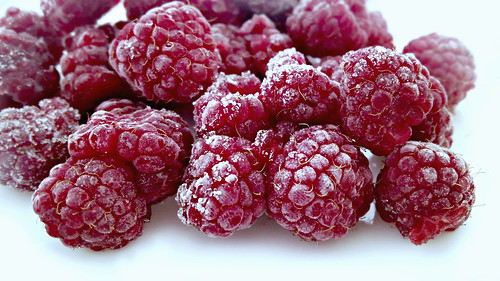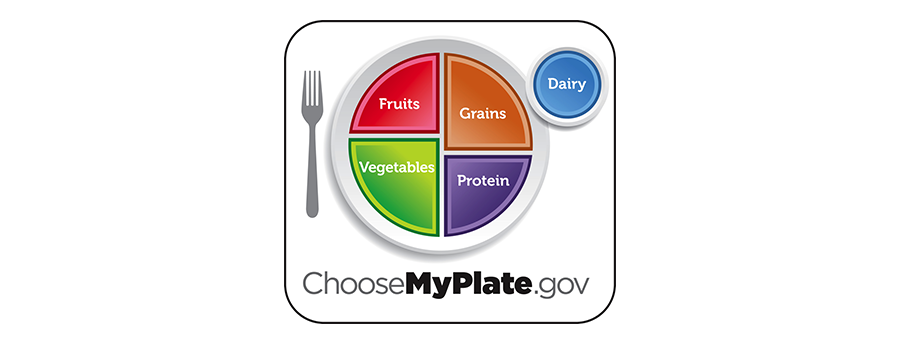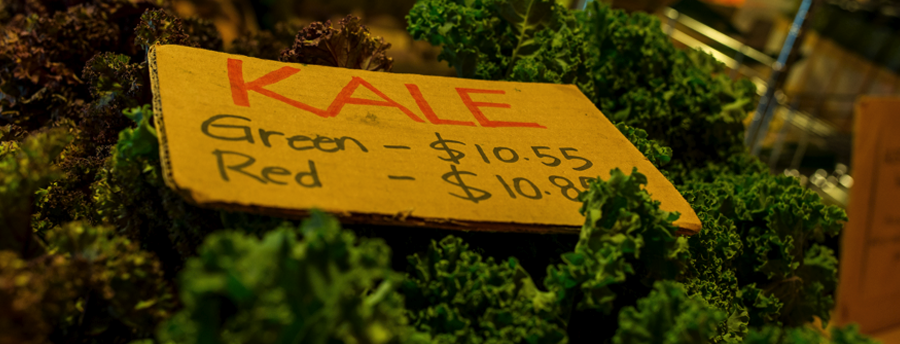Those marketing healthy food should know that not all Millennials are created equal. The upper range of Millennials (25-34) are now becoming parents. In fact, nearly 11 million Millennials have already mastered the art of changing diapers.
The parents of this generation are unlike any other, and food brands must adapt to reach them.
Here are 4 things food brands should keep in mind when speaking to Millennial parents
1. Speak The Truth
Make sure your product delivers what it claims. If you say you’re 100% organic, you must be able to back it up. With a wealth of information at their fingertips, Millennials can see right through a brand’s dishonesty.
Be real. Millennial parents don’t want to hear about celebrity moms who shed their baby weight the first week after birth. Unlike Mila Kunis and Gwyneth Paltrow, they don’t have the luxury of personal trainers.
Nor do they want to see moms and dads who always puree organic celery on their perfect countertops. Parenting is messy and far from perfect. Be open and honest about the challenges of parenthood and Millennials will embrace your brand with open arms.
2. Appeal To All Types Of Parents
Millennial parents are diverse and your brand’s marketing should reflect that. You’re speaking to interracial couples, same-sex couples, single parents, and parents of all different races. Reflect the true diversity in your marketing materials, and your brand will succeed.
And don’t forget dad! Gone are the days of focusing only on mom as the parent who raises the children. A growing number of fathers are taking a more central role at home. Avoid the “mister mom” stereotype and deliver a fair portrayal of the Millennial dad that makes him proud to stay at home. Marketing healthy food has become more diverse.
3. Health Is A Priority
Millennial parents are still holding on to their pre-kid foodie, locavore identities, but have to adjust to the not-so-wholesome realities of limited household budgets.
They may be more frugal than their younger counterparts, but they are still willing to go the extra mile to eat healthy. A recent Millennial parent study found that 52% support the “local food” movement. 41% buy organic when they can and 29% strictly monitor their kid’s junk food intake.
4. Give a Damn
Nope, that’s not a misprint. Brands need to give a damn about Millennial parents to earn their trust. To get them to truly like your brand, you have to do something good for someone or something they care about.
Marketing healthy food isn’t just about you anymore. Whether you provide food for the homeless, teach kids how to cook, or help a child in need, Millennial parents will take notice and show their approval of your brand in dollar signs.










